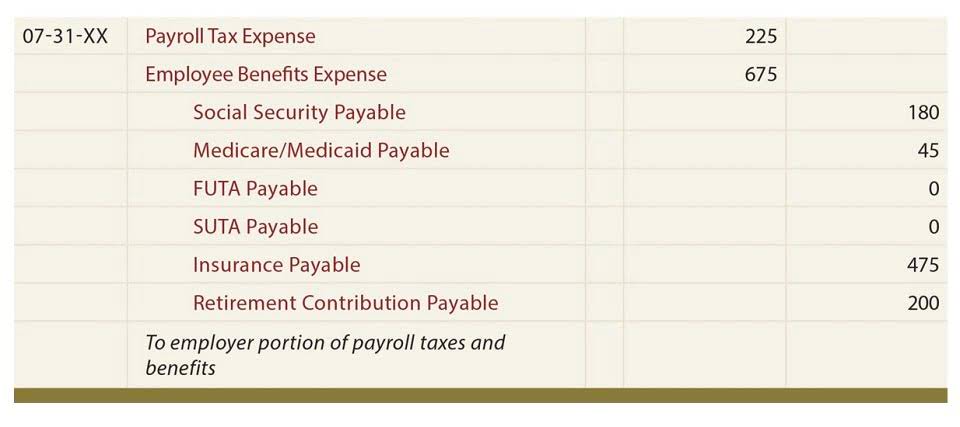
Unlikeprevious trial balances, the retained earnings figure is included,which was obtained through the closing process. We saw that there was the dividends entry and then the entries related to net income, right? And we split that up into the revenue, the expenses, and then the closing of income summary, right? So there’s those two crucial entries for retained earnings, and that takes us back to that general account flow.

After closing out our temporary accounts, we make one more trial balance that shows our permanent accounts.
- It’s important to note that a post-closing trial balance is not the same as a balance sheet, which is a financial statement that summarizes a company’s assets, liabilities, and equity at a specific time.
- The post closing trial balance is a list of all accounts and their balances after the closing entries have been journalized and posted to the ledger.
- In a real company, most of the mundane work is done by computers.
- It helps with making decisions inside the company and in dealing with investors.
- Before that, it had a credit balance of 9,850 as seen in the adjusted trial balance above.
- The post-closing trial balance is a report that is created to verify all of a company’s temporary accounts are closed and their new beginning balance has been reset to zero.
Income Summary is then closed to the capital account as shown in the third closing entry. Thomas Richard Suozzi (born August 31, 1962) is an accomplished U.S. politician and certified public accountant with extensive experience in public service and financial management. He is known for his pragmatic approach to fiscal policy and governance. Shaun Conrad is a Certified Public Accountant and CPA exam expert with a passion for teaching. After almost a decade of experience in public accounting, he created MyAccountingCourse.com to help people learn accounting & finance, pass the CPA exam, and start their career.
Trial balance: Definition, purpose, and example
It is a list of all the balance sheet accounts that do not have a zero balance. Post-closing trial balances are used to verify whether the debit balance total is equal to the credit balance total. Preparing the post-closing trial balance is an important part of the accounting cycle. The process of creating the post-closing trial balance is completed after entry closing and prepares the accounts for the next period. At the end of an accounting period, the accounts of asset, expense, or loss should each have a debit balance, and the accounts of liability, equity, revenue, or gain should each have a credit balance.
Financial and Managerial Accounting
This trial balance has the final balances in all the accounts, and it is used to prepare https://www.facebook.com/BooksTimeInc/ the financial statements. The post-closing trial balance shows the balances after the closing entries have been completed. A trial balance is a bookkeeping worksheet in which the balances of all ledgers are compiled into debit and credit account column totals that are equal. A company prepares a trial balance periodically, usually at the end of every reporting period.
- Only permanent account balances should appear on the post-closing trial balance.
- Besides the post-closing trial balance, there are two other types.
- At year-end, these accounts move their totals to the shareholders’ equity.
- This highlights the role of these trial balances in keeping accounts clear.
- Once your adjusting entries have been made, you’re ready to run your adjusted trial balance.
- They will work in a variety of jobsin the business field, including managers, sales, and finance.
- The purpose of closing entries is to close all temporary accounts and adjust the balances of real accounts such as owner’s capital.
- Debits and credits of a trial balance must tally to ensure that there are no mathematical errors.
- If you like quizzes, crossword puzzles, fill-in-the-blank,matching exercise, and word scrambles to help you learn thematerial in this course, go to MyAccounting Course for more.
- Secondly, it can be used to verify the accuracy of financial statements, which is crucial for investors and other stakeholders in making informed decisions.
The post-closing trial balance is used to verify that the total of all debit balances equals the total of all credit balances, which should net to zero. It is used to verify that the total of all debit balances equals the total of all credit balances, which should be net to zero. This report is prepared after the closing entries have been posted, ensuring that all temporary accounts have been closed and their beginning balances reset to zero for the next accounting period.


Once the adjustments have been posted, you would then run an adjusted trial balance. At year-end, these accounts move their totals to the shareholders’ equity. Note that while a trial balance is helpful in the double-entry system as an initial check of account balances, it won’t catch every accounting error.

Is Converting Your Personal Vehicle for Business Use a Good Idea?
It’s crucial to know all balance sheet accounts with balances that aren’t zero. This isn’t just good https://www.bookstime.com/articles/what-is-record-to-report to do; it’s a main pillar of financial accounting. With the change from manual to software-led checks, one might ask if this step is still vital today.

Three Types of Trial Balance
It helps with making decisions inside the company and in dealing with investors. This document meets SEC rules and is clear about a company’s financial health. Good accounting keeps a business financially solid and ready for the future. the post-closing trial balance helps to verify that It also confirms the company’s financial status is calculated accurately.
Temporary accounts are used to record transactions for a specific accounting period, such as revenue, expense, and dividend accounts. Secondly, it can be used to verify the accuracy of financial statements, which is crucial for investors and other stakeholders in making informed decisions. Keeping accurate financial records keeps communication with stakeholders clear.


